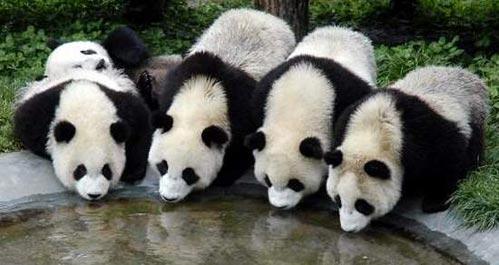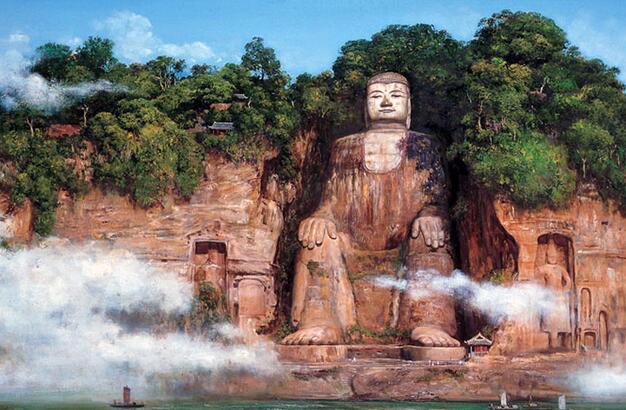Chengdu
Chengdu, also known as “Chengdu and Jincheng”, is a trade logistics center and comprehensive transportation hub, and an important central city in the western region. As of 2018, Chengdu has a permanent population of 16.33 million. It is located in the southwest of China, the terrain inclines from northwest to Southeast, the river network is vertical and horizontal, the products are rich, and the agriculture is developed. It belongs to the subtropical monsoon humid climate, and has the reputation of “land of abundance” since ancient times. Chengdu is a national historical and cultural city and the birthplace of ancient Shu civilization. With Dujiangyan, Wuhou Temple, Dufu thatched cottage, Jinsha site and other places of interest, it is an excellent tourist city in China. Chengdu is a multi-ethnic city, with 55 ethnic groups in addition to the Han nationality. The permanent population of ethnic minorities is 129300. Chengdu has many historical sites and cultural landscapes, such as Wuhou Temple, Dufu thatched cottage, Yongling, Wangjiang tower, Qingyang palace, Wenshu courtyard, Ming Shu mausoleum, Zhaojue temple, etc. Chengdu is also the habitat of Sichuan Giant Panda, with a giant panda base. Dujiangyan is located in Guankou Town, Dujiangyan City, Chengdu. It is a large-scale water conservancy project built in ancient China and used up to now. It is known as the “originator of world water conservancy culture” and a famous tourist attraction in China. The United Nations Educational, scientific and Cultural Organization awarded Chengdu the title of “the capital of world cuisine”. Pixian Douban produced in Chengdu is known as the “soul of Sichuan cuisine” and an indispensable part of Sichuan cuisine.




